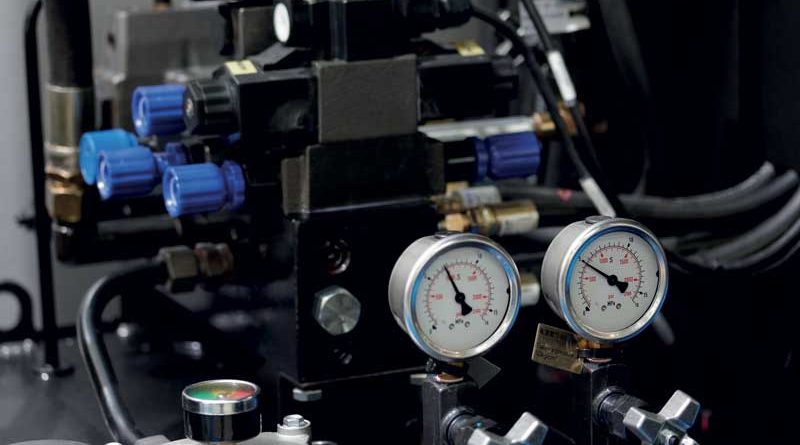Pump/servomotor Combinations Increase Efficiency
The replacement of fixed speed pumps with servo driven pumps, powered by servomotors, optimizes operating costs, performance and energy savings, also thanks to increasingly efficient connections between servomotors and pumps. The servomotor manufacturers themselves promote precision couplings, such as R+W’s EK series elastomer couplings, to achieve increased performance, thanks to the absence of torsional backlash.
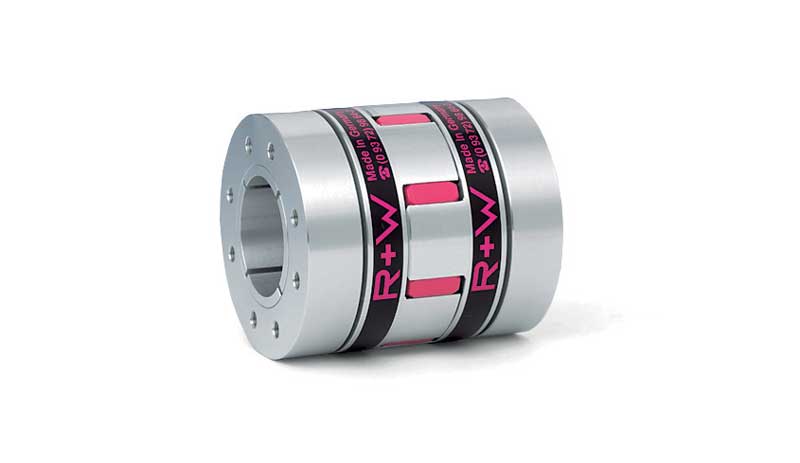
In line with the evolution of control technologies and the needs of the reference markets, the connections between motors – electric or hydraulic drives – and pumps have also changed and have gradually taken on forms of intelligence which improve performance while minimizing waste.
The market for precision couplings for connecting advanced motors or drives – servomotors – to pumps is relatively new and therefore has good growth potential. Over the years, motors, initially simple and without the need for fine tuning, have evolved. Today, servomotors with their own intelligence are the optimal choice for driving pumps.

The demand for precision components is increasing
With the establishment of the servo driven pump concept, specialists such as R+W are increasingly being called upon to supply precision couplings which meet their renewed requirements. The volume of business associated with precision couplings for servomotor-pump connections is increasing significantly. Specifically, in the case of fluid pumps, the connection with a servomotor makes it easier to monitor the quality of the finished product on the basis of performance levels: for example, in a machine for processing plastic material, it is possible to accurately estimate both the operating speed and the overall final output. In Italy as well as abroad, plastic is among the most interesting market sectors, but the prospects are encouraging everywhere. It is the servomotor manufacturers themselves who promote precision couplings, such as R+W’s EK series elastomer couplings, to achieve an increase in performance. This is guaranteed by the absence of torsional backlash, which can ensure an improvement of up to 50%. But development is continuous: the best is yet to come.
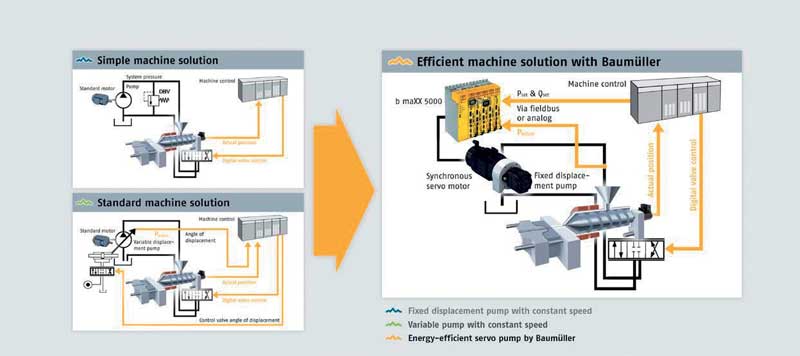
The evolution of industrial pumping systems and servo driven pumps
In recent years, industrial pumping systems have been affected both by market fluctuations due to the recession and by the digitization of the production processes in which they are used. The main purpose of a final manufacturer (or each of its suppliers) is to obtain as many advantages as possible from the operation of the activity. The first set of advantages deriving from the passage, in industrial pumping systems, from fixed speed pumps to servo driven pumps, consists in reducing operating costs and increasing the quality of both the processing phases and the finished product, with a simultaneous reduction in noise levels in the production departments. In a conventional pumping system, a fixed speed motor drives a variable displacement pump, which circulates oil from the tank to the hydraulic cylinder. In order to keep the oil in circulating, the pump needs to run constantly, thus consuming energy even when the actuator is idle. In classic hydraulic systems, the pumps are powered by asynchronous motors, which are less efficient than the synchronous motors used in servo system design.
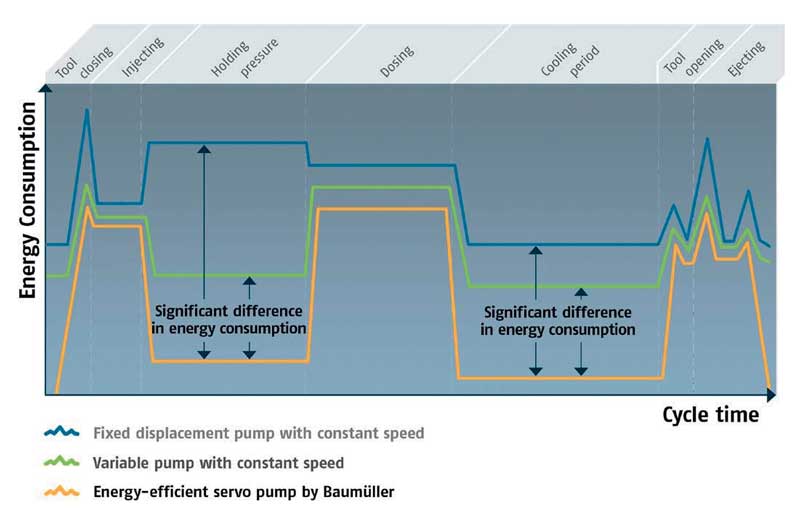
The use of hybrid electro-hydraulic systems is based on the power density of hydraulic systems, combined with the reactivity and energy-saving characteristics of electromechanical technologies. In contrast to asynchronous motors, synchronous motors used in servo driven pumps (consisting of the connection of a servomotor to a fixed displacement pump) operate without any latency; even better, they operate efficiently over a wide speed range. A first advantage resulting from the use of servo driven pumps is that there is no longer a hydraulic fluid circulating continuously; in practice, the motor is activated and runs when a pressure increase is required, with much shorter response times.
Main applications and structural solutions
The instantaneous response provided by the servo motors allows the actuator to operate faster and more deterministically, providing an optimal solution for applications such as press brakes, hydraulic shears, punch presses and presses.
The use of servomotors allows the realization of solutions with a smaller footprint, integrating high value-added devices such as Variable Frequency Drives (VFD or Variable Frequency Drive) having smart real-time diagnostics features.
Among the applications which benefit most from the use of servo driven pumps, there is the injection moulding process. The use of rubbers in this process requires pressure to be applied and maintained at a predetermined level for an extended period of time; during this time the molten material fills every smallest detail of the mold.
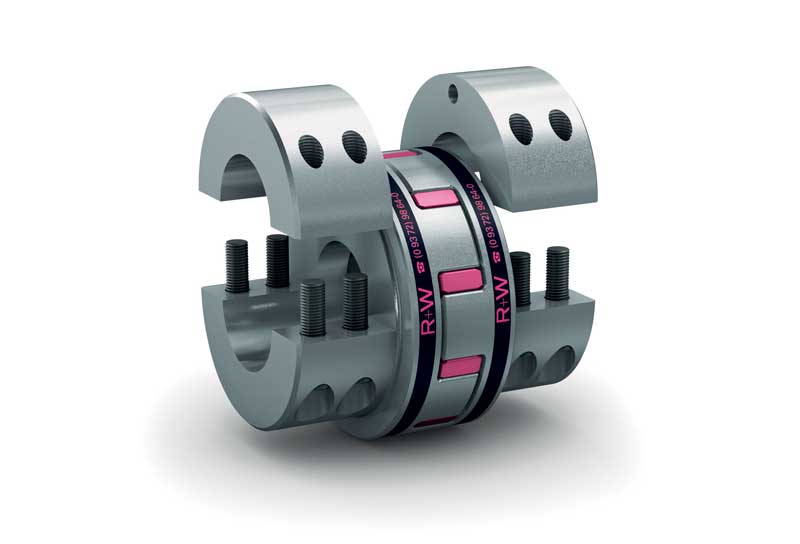
On the basis of these observations, the calculation of energy consumption and operating costs related to the working life of the engine shows the clear advantage of the design based on such servo systems, which will be shown later in an industrial example.
With regard to the design of the kinematic coupling, elastomeric couplings, shown in Figure 1, are used, which are characterized by high damping capabilities, making them ideal for use where shock and vibration reduction is required.
Elastomer couplings consist of two structural elements: the hubs (of different types) and the elastomeric ring; the latter is responsible for the damping and torque transmission functions and for the compensation of any misalignment errors. A typical elastomeric ring is shown in Figure 2.
The advantage of a precision elastomeric coupling is determined by the action of the elastomeric ring and the nature of the component material. In addition to the already mentioned damping and vibration reduction functions, the precision elastomeric ring performs the important function of transmitting motion in the complete absence of angular backlash. The coupling thus obtained, characterized not only by the compensation of misalignments and the absence of backlash, but also by the achievement of high levels of electrical insulation, is also very silent.
Another advantage that derives from the use of elastomeric couplings is the control system that is obtained, of the closed loop feedback type. This system, characteristic of the servo driven pump, makes it possible to make available the exact value of torque and speed required, for a particular application, instantaneously. This optimal mix between mechanical characteristics and performance of control systems is increasingly widespread in applications such as sheet metal deformation.
A typical design approach in the realization of an injection molding system, through the use of servo driven pumps, is shown in Figure 3; the design choices described above, aimed at the realization of the closed loop feedback system, are also shown. The diagram in Figure 3 shows, in a synthetic form, the evolution of the design approach, starting from the simple one (which involves the use of a pressure relief valve), passing through the fixed speed and variable displacement pumps (which use an angle control valve), to the final servo system. The advantage deriving from the use of the servo driven pump is represented by the graph in Figure 4, which groups the three different energy consumption trends, according to the duration of the process, for the three design solutions shown in Figure 3.

Design issues and future developments
The beginning of the evolution of industrial pumping systems, through the use of servo driven pumps, dates back to about five years ago.
A further boost has recently been provided by the advent of the Fourth Industrial Revolution, which makes the use of drives with the smart features indicated above extremely interesting and promising. Among the future developments, the most interesting is once again the injection moulding sector, where it is essential to maintain continuity and quality requirements in production; for this purpose, a highly dynamic and precise control of process variables within the permissible limits must be implemented.
The role of the component supplier
A complex activity such as the design of servo driven pumps for use in advanced industrial pumping systems is supported by component suppliers such as R+W, manufacturer of couplings and line shafts. In the field of servo driven pumps, R+W provides a complete range of solutions for all torque transmission requirements. In addition to the EK series elastomeric couplings for pump/servo motor coupling, R+W also provides the BX series metal bellows couplings. EK elastomer couplings combine high flexibility with good strength. They dampen vibrations and impacts by compensating for shaft misalignment. Many elements influence the design of elastomer couplings: factors such as load, starting and temperature affect the insert life. The elastomeric element is available in different shore hardnesses, to always find a suitable compromise between the damping properties, torsional rigidity and misalignment correction for most applications. BX metal bellows couplings, for high torques, are torsionally rigid and backlash-free. They feature simple and compact design, easy assembly and disassembly and high misalignment compensation ability. Different lengths are available.

